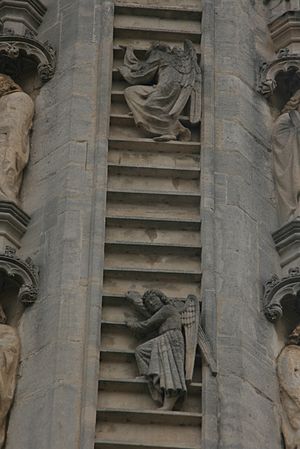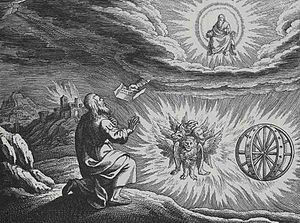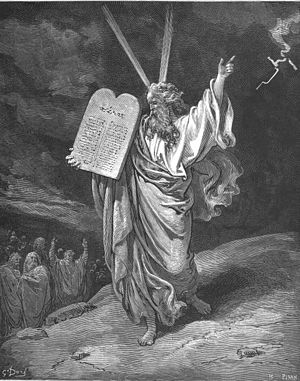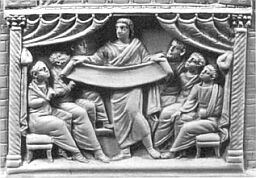One of the reasons I have been looking at the visionary ascent experiences of Jewish and Christian devotees is to expand my understanding of the nature and place of the vision of Isaiah’s ascent and all that he saw and heard in the Ascension of Isaiah. I began to look at the Ascension of Isaiah in some detail a little while back because of the use made of it by Earl Doherty in his own case for the idea of a pre-gospel Christ being entirely a spirit entity whose saving act occurred within the spirit realm and not on earth. (Paul-Louis Couchoud argued for a similar conclusion.)
Before returning to the Ascension — which describes another ascent, transformation and vision, as well as a descent of a Beloved of God to be crucified by Satan — I complete here the texts I have been looking at that help flesh out the context of such visionary ideas. I conclude with similar thoughts expressed in Paul’s letters, indicating that some of the teachings found there owe something to this form of religious experience as a way to salvation. Both the Qumran and Pauline references are from April DeConick‘s Voices of the Mystics. Continue reading “Qumran and Paul: Echoes of Mystical-Vision Salvation”


 April DeConick in
April DeConick in 

